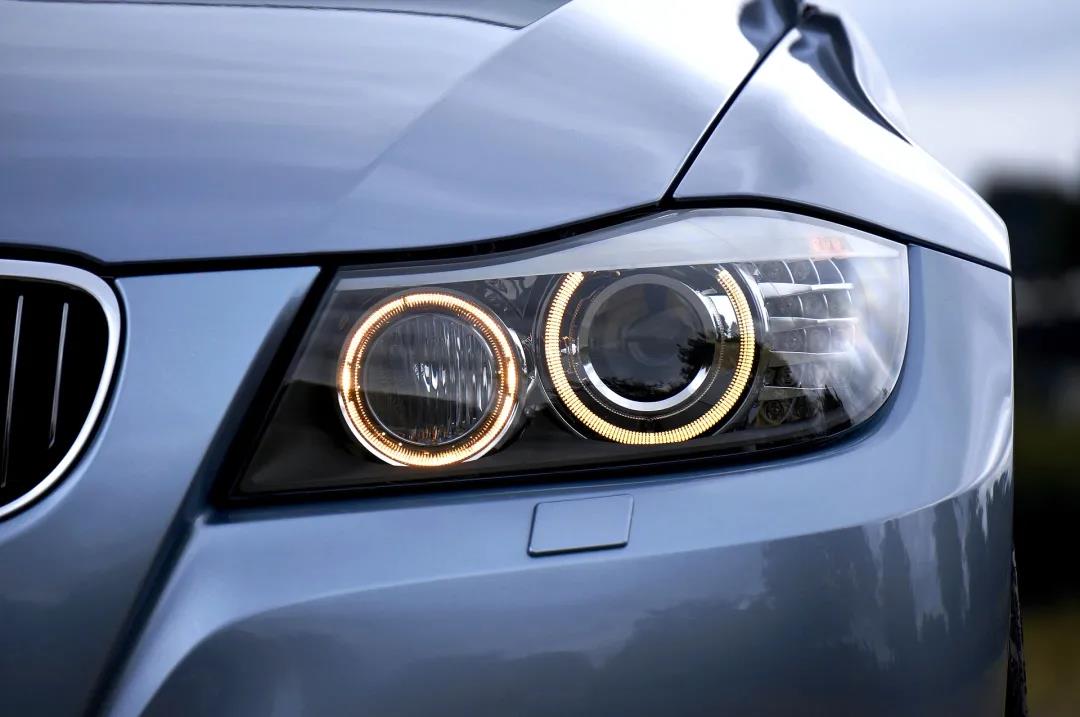Scientists from Germany and the Netherlands are working on new environmentally friendly polylactic acid materials. The aim is to develop sustainable materials for optical applications, such as automotive headlights, lenses, reflective plastics or light guides. For the time being, these products are generally manufactured from polycarbonate or PMMA.
Scientists wanted to find a bio-based plastic to make headlights for cars. Polylactic acid proved to be a suitable candidate.
With this approach, scientists have addressed several issues facing traditional plastics: first, turning their attention to renewable resources can effectively relieve the pressure on the plastics industry caused by crude oil; second, it can reduce CO2 emissions; and third, it involves consideration of the entire material life cycle.
"PLA not only offers advantages in terms of sustainability, it also has very good optical properties for applications in the visible spectrum of electromagnetic waves." So says Dr. Klaus Huber, professor from the University of Paderborn, Germany.

One of the difficulties that scientists are currently tackling is the application of PLA in LED-related fields, which is known as a highly efficient and environmentally friendly light source. Huber explains, "Especially the extremely long service life and the visible radiation, such as the blue light from LED lamps, place extreme demands on optical materials." This is why extremely durable materials must be used. The problem is this: PLA softens at around 60 degrees. LED lamps, however, may reach temperatures of up to 80 degrees when they are in operation. Another challenging difficulty is the crystallization phenomenon of PLA. PLA forms microcrystals at about 60 degrees, which blurs the material. Scientists want to find a way to avoid this crystallization; or to make the crystallization process more controllable - so that the size of the crystals formed does not affect the light.
In Paderborn's lab, scientists first determine the molecular properties of PLA in order to modify the material's properties, especially its melt state and the crystallization phenomenon. huber is responsible for investigating the extent to which additives or radiation can improve the material's properties. Huber said, "We built a small-angle light scattering system specifically for this purpose to study crystal formation or melting processes, i.e., processes that have a significant impact on optical function." In addition to scientific and technical knowledge, the project could have significant economic benefits when implemented. The team expects to deliver its first answer at the end of 2022.
Status of foreign applications
The application of PLA in automobiles has started earlier in foreign countries and the technology is quite mature. We are familiar with some foreign automobile brands, all use modified PLA.
Mazda Motor Corporation, in collaboration with Teijin Corporation and Teijin Fibers, developed the world's first bio-fabric made from 100% PLA, applied to the quality and durability requirements needed for car interior cushion covers, for use in car interiors.
Japan's Mitsubishi Nylon Corporation produces and sells a PLA-based core material for foot mats for automobiles. The product was used in Toyota's new 3rd generation hybrid car in 2009.
The environmentally friendly polylactic acid fiber material produced by Toray Industries, Japan, was put into use as body and interior floor coverings on Toyota Motor Corporation's hybrid car HS 250 h. This material can also be used for interior ceiling and door trim materials.
Toyota's Raum model in Japan uses sisal fiber/PLA composite material for the spare tire cover and polypropylene (PP)/PLA modified material for the car door panels and side trim panels.
The German company Rausch-Leader, in cooperation with Corbijn, has developed 1 composite material of PLA and glass or wood fibers for use in automotive interior parts and functional components.
RTP USA has developed glass fiber composite products for use in automotive components such as deflectors, sun visors, sub-bumpers, and side shields. EU deflectors, sun visors, sub bumpers, side shields and other parts.
The EU ECOplast project has developed bio-based plastics prepared from PLA and nano-clay, specifically for the production of automotive parts.

